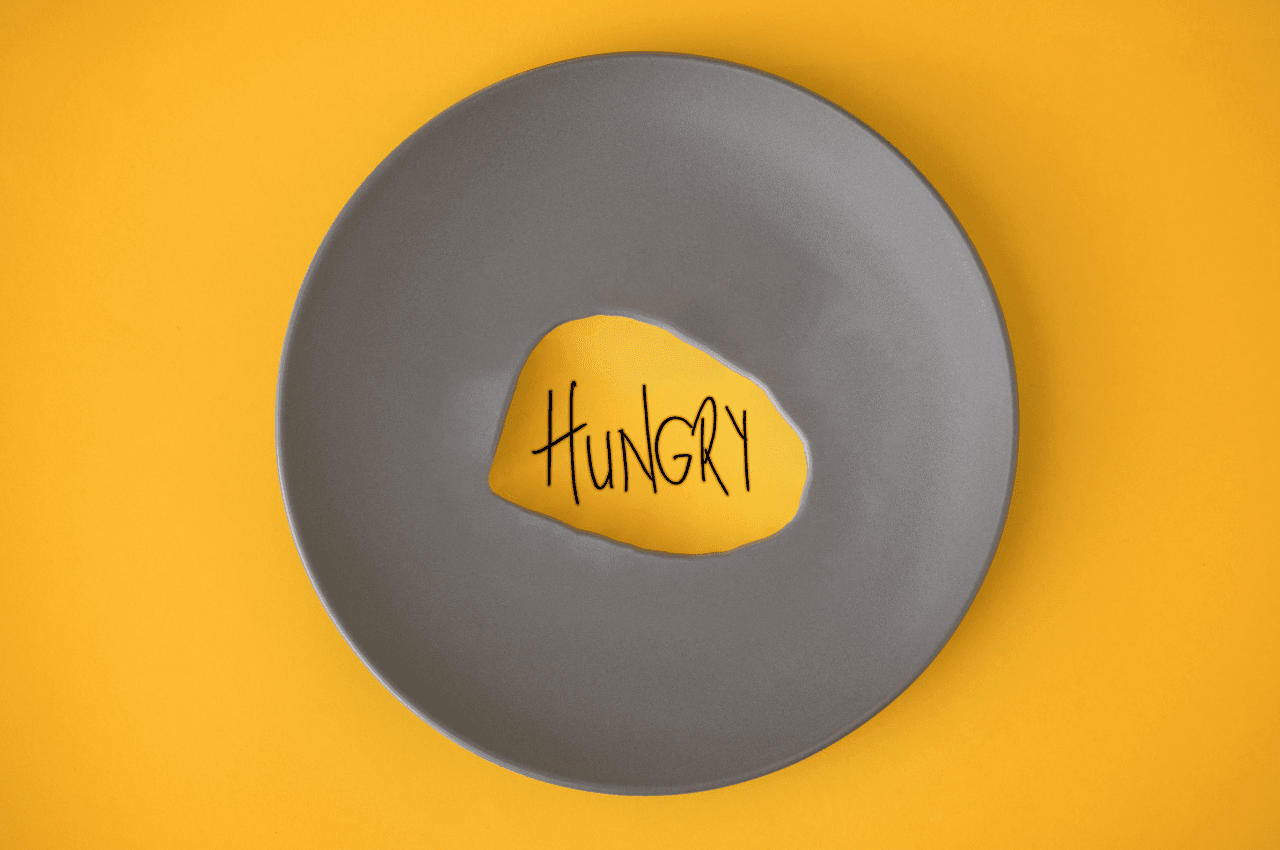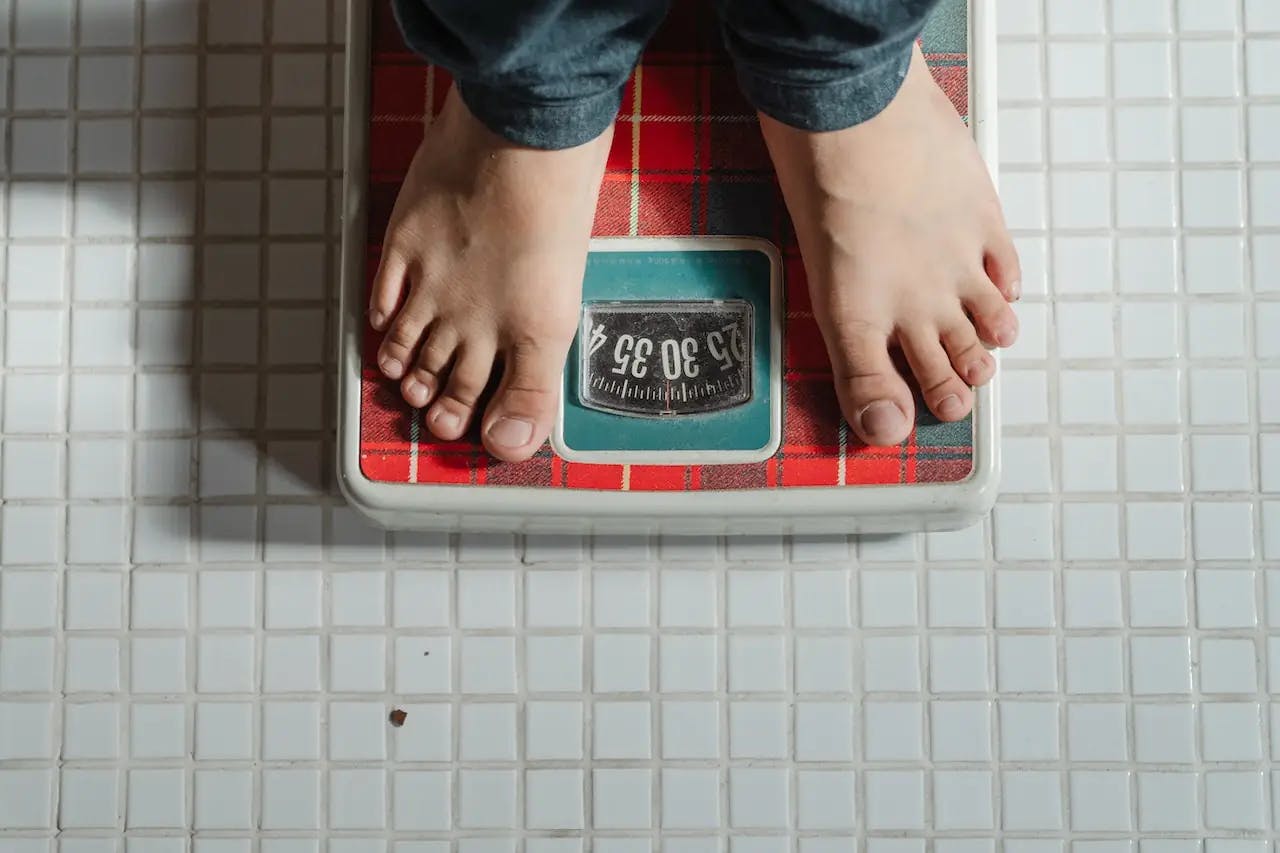Addressing Mobility Issues in Seniors: Symptoms & Solutions
•Wellbeing
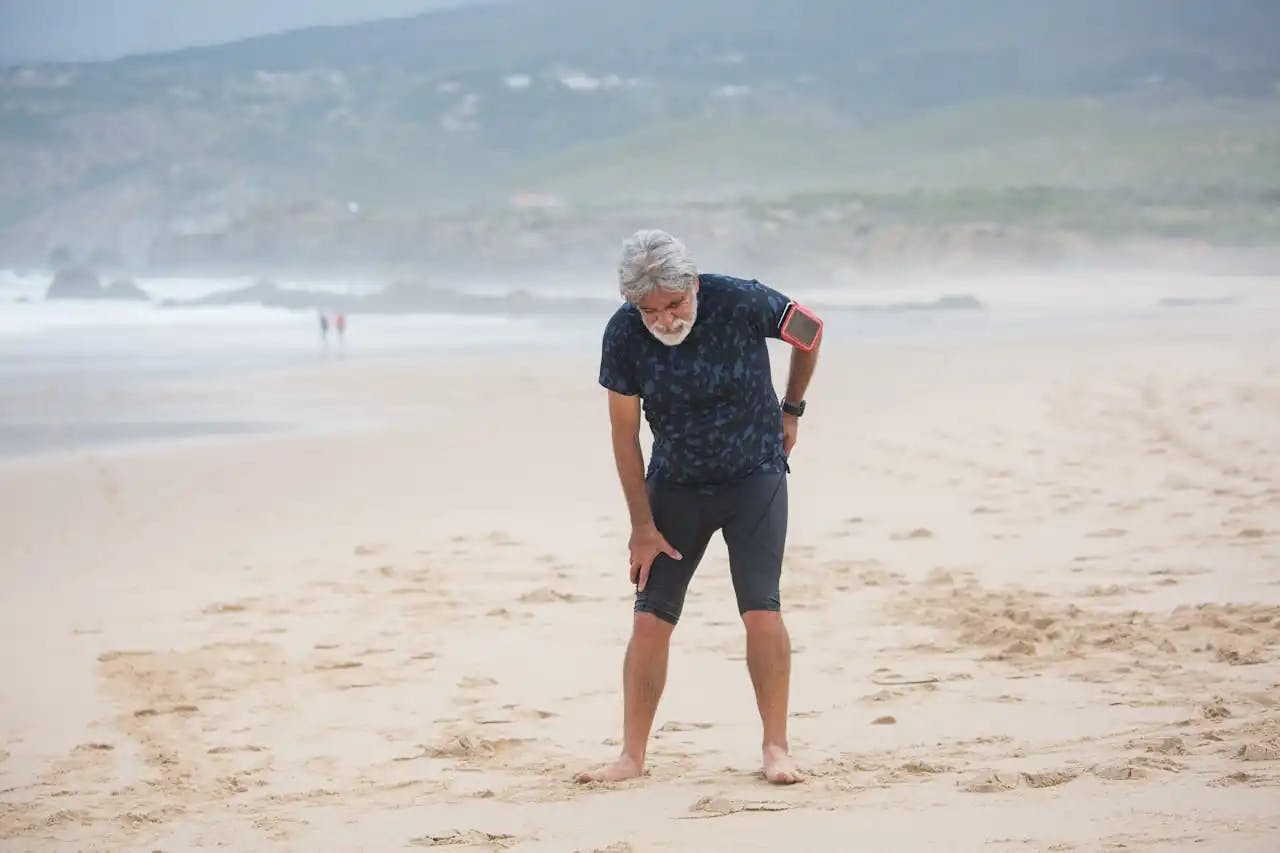
Share
Mobility problems in elderly folks can be extremely difficult to deal with, making everyday physical activity a bit harder than it used to be. From getting up from your favourite chair to having a stroll in the park, these niggles can really put a damper on the joy of your golden years.
But fret not! We’re here to make sure you're spotting these hiccups early and finding ways to keep yourself moving and grooving into seniority. Let’s dive in.
Getting to Grips with Mobility Problems in Seniors
So, what’s the deal with these mobility problems in elderly folks? Well, they’re the pesky little blighters that make moving around a bit of a chore for some of our seasoned citizens. And you’d be surprised how common they are here in Australia.
In fact, according to the Australian Institute of Health and Welfare, a majority of older Australians, around 80%, have at least one chronic health condition. Also, 28% report three or more chronic conditions, many of which lead to mobility problems.
Arthritis is particularly prevalent, affecting nearly half (49%) of those aged 65 and over, translating to approximately 1.8 million individuals. Chronic pain is also notable, with its incidence increasing with age: 20% among those aged 65–74, 22% in the 75–84 age group, and 24% for those aged 85 and over.
But knowing is half the battle, right?
Signs to Look Out For That Might Indicate Elderly Mobility Issues:
- Feeling woozy or off-balance: This can stem from a variety of reasons leading to mobility challenges. It's crucial to figure out the root cause of these symptoms and tackle them ASAP.
- Avoiding staircases: If an older loved one seems to navigate well on flat surfaces but shies away from stairs, it might signal a fear of falling due to mobility issues.
- Having trouble with getting up or sitting down: Pay attention to whether the elder struggles to rise from a chair or to sit. Do they require support to maintain balance?
- Decrease in Physical Activity Levels: A shift from being active to preferring inactivity could indicate that weakness or tiredness is affecting their ability to move freely.
Spotting these early can make a world of difference to you or your loved one getting the right support!
What’s Behind the Slow Down?
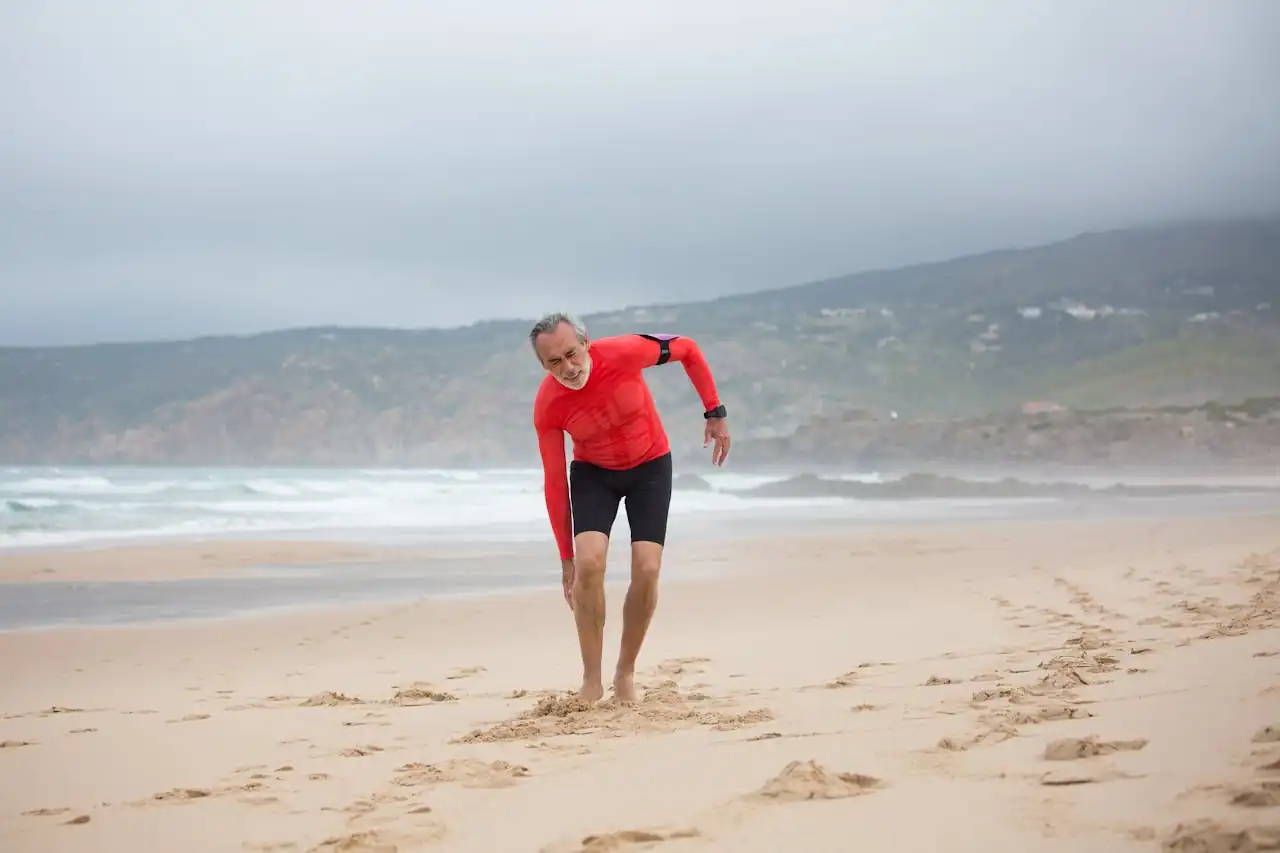
Elderly folks experience more mobility issues due to a combination of natural ageing and the previously mentioned chronic diseases/health conditions they are more likely to develop.
Physical Health Niggles That Tie Us in Knots
According to a study published by Current Pharmaceutical Design, ageing leads to changes in both bone density and muscle mass/strength, often resulting in bone and muscle conditions like osteoporosis and sarcopenia.
These conditions share risk factors and contribute to mobility issues, falls, and fractures, which shows us the importance of understanding and addressing both for preventing disability in older adults. Conditions like hypertension, heart disease, and osteoarthritis also contribute.
Not Enough Movement
However, the biggest factor is often decreased physical activity, leading to reduced joint motion and muscle strength.
According to the Better Health Channel, without regular exercise, people over the age of 50 years can experience an array of health issues, including reduced muscle mass, strength and physical endurance, reduced coordination and balance, and reduced joint flexibility and mobility.
Finding Your Stride Again
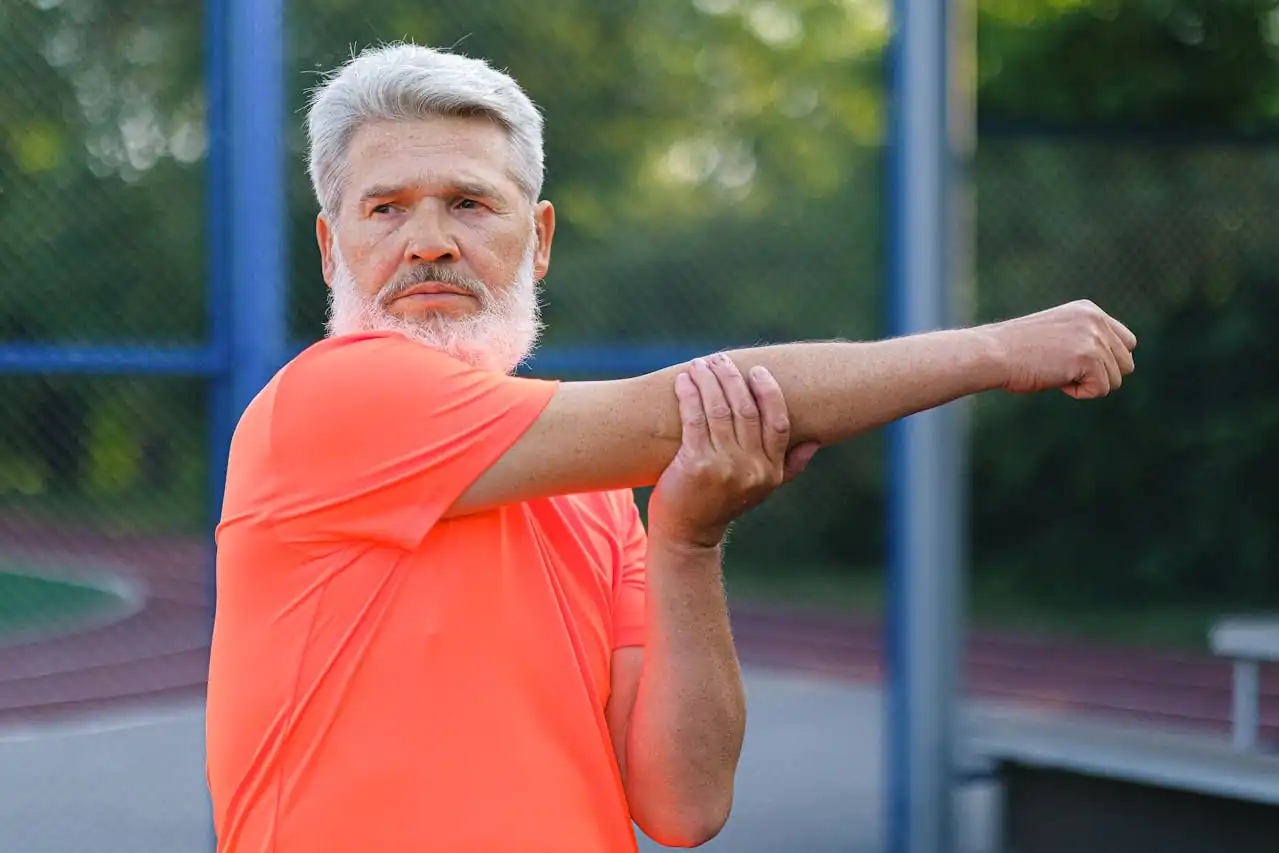
The good news is, there are a bounty of ways to get you back in the swing – from meds that ease the aches, physical therapy to get you stronger, and sometimes, a bit of surgery to straighten things out. It’s all about what suits you best. Consulting with a healthcare professional is always your best point of call.
The Power of Exercise
Staying active as we age is essential for enhancing or preserving our balance, joint function, strength, and flexibility. According to Physiotherapy Canada, movement also sharpens our cognitive functions, helping keep the mind agile.
The bottom line, for older folks, regular physical activity is crucial to prevent increased risks of mobility issues and falls.
The Australian Government Department of Health and Aged Care has created a comprehensive guide to exercising as an elderly Aussie, including mobility-boosting activities such as:
- Walking: Enhances blood pressure, and cardiovascular health and strengthens the muscles, improving overall mobility.
- Water Aerobics or Swimming: Reduces impact on joints while offering resistance to build muscle strength.
- Tai Chi: Improves balance, agility, and strength, reducing the risk of falls.
- Chair Yoga: Increases flexibility, balance, and mental well-being; adaptable for those with limited mobility.
- Strength and Resistance Training: Builds muscle mass and strength, which are crucial for mobility.
- Balance Exercises: Such as standing on one foot or heel-to-toe walk — crucial for preventing falls.
- Stretching: Increases flexibility and range of motion in joints.
A Nudge to Your Nook — Environmental Factors
A few tweaks at home can make a huge difference in your daily activities, reducing your risk of falls and accidents. This will keep you safe and sound and promote independent living into seniority.
You might consider applying for an assessment for the Australian government's Help at Home aged care home modification services that help you live safely and independently in your home with mobility aids. This includes the instalment of grab rails, ramps, easy access taps and other modifications that help you live safely and independently in your home.
It’s all about making life smoother and safer.
The Importance of Diet in Loss of Mobility
Keeping mobile and spry in our golden years can be a bit tricky, especially if we're not getting the right nutrients from our tucker.
According to the National Institute of Aging, missing out on key nutrients like calcium and vitamin D can affect elderly mobility, making our bones a bit more fragile, leading to soreness and a higher chance of taking a tumble.
Not enough protein? That could mean saying goodbye to some muscle strength, making it harder to stay active and independent. Plus, skimping on goodies like antioxidants and omega-3s might leave us feeling more inflamed and a bit wobbly. It's all about balance on our plates to keep us moving smoothly.
Supplementation to Support Reduced Physical Ability - The Man Shake Restore
So what happens when you take a beloved dietary supplement and tweak its nutrient-dense formula for the specific benefit of seniors? You get The Man Shake Restore and The Lady Shake Restore.
Yep, we’ve rolled out a new line specifically concocted for those splendid folks over 60. It’s tailor-made to tackle the unique nutritional hurdles that come with age, ensuring seniors get the boost they need for better mobility.
Each hearty 50g serving packs a punch of nutrients ideal for the diets of seniors, featuring:
- 32g of fortifying protein to improve muscle weakness
- 5.4g of dietary fibre for digestive health
- Probiotics to support a happy gut
- Leucine, which according to Nutrients, helps in skeletal muscle synthesis to keep muscles strong and functional
- Glycine to ease inflammation and aid recovery
While many products aim to supplement the diets of older adults with additional nutrition, they often come loaded with sugar and excess calories, which isn't ideal for maintaining overall wellness. That's why we've crafted a low-calorie shake, rich in crucial nutrients aimed at bolstering health, enhancing mobility, and supporting an active, joy-filled life.
Wrapping It Up
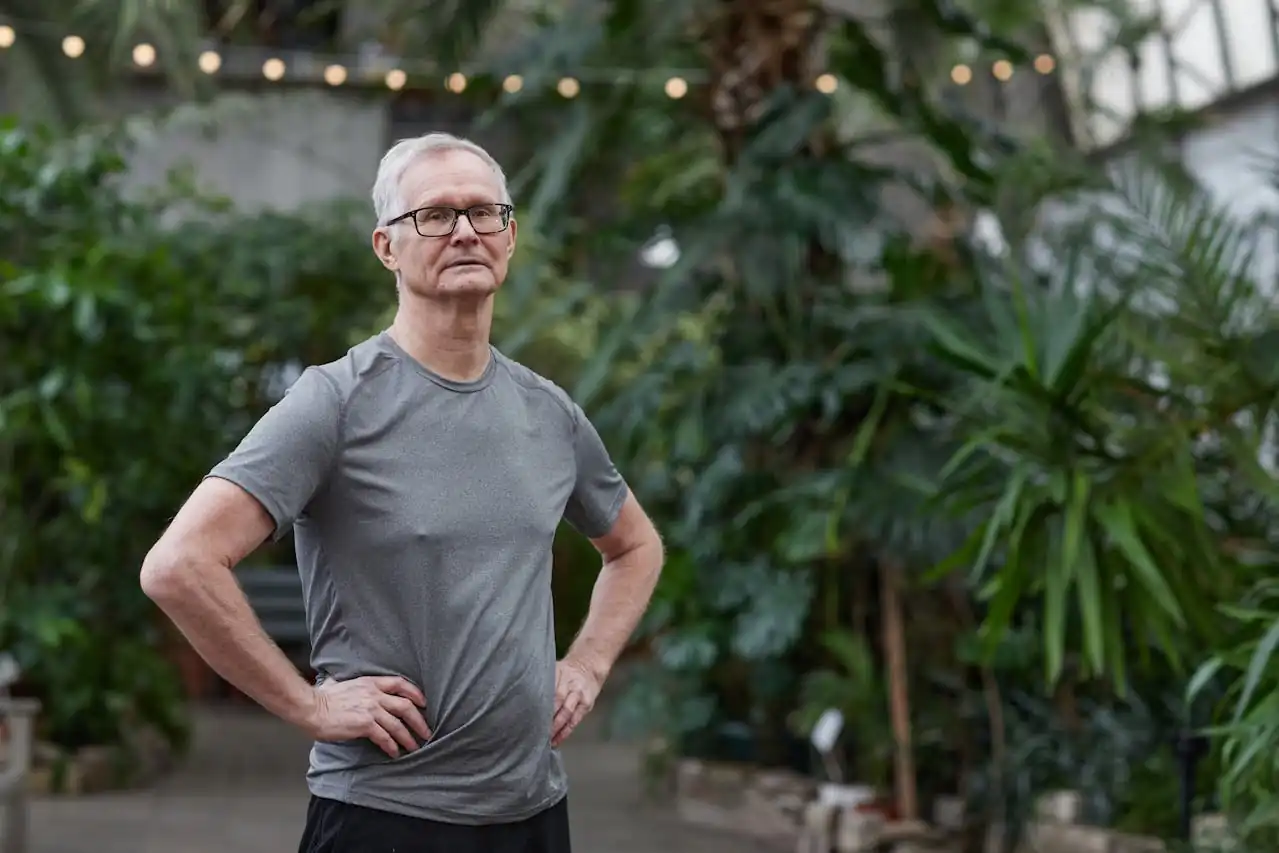
Mobility problems in elderly folks don’t have to prohibit their enjoyment of life. With a bit of knowledge, the right support, and a can-do attitude, we can all help ourselves or our mates keep dancing through life.
Know someone who could do with a read of this? Witnessed a sudden loss of mobility in an elderly family member or loved one? Pass it along! And if you’re feeling stuck, have a chat with your Doc about getting back on track. Let’s all help keep each other moving and shaking!
Shake things up and improve your mobility and overall health today. Let’s keep looking out for each other and combat mobility problems in the elderly as a community.



